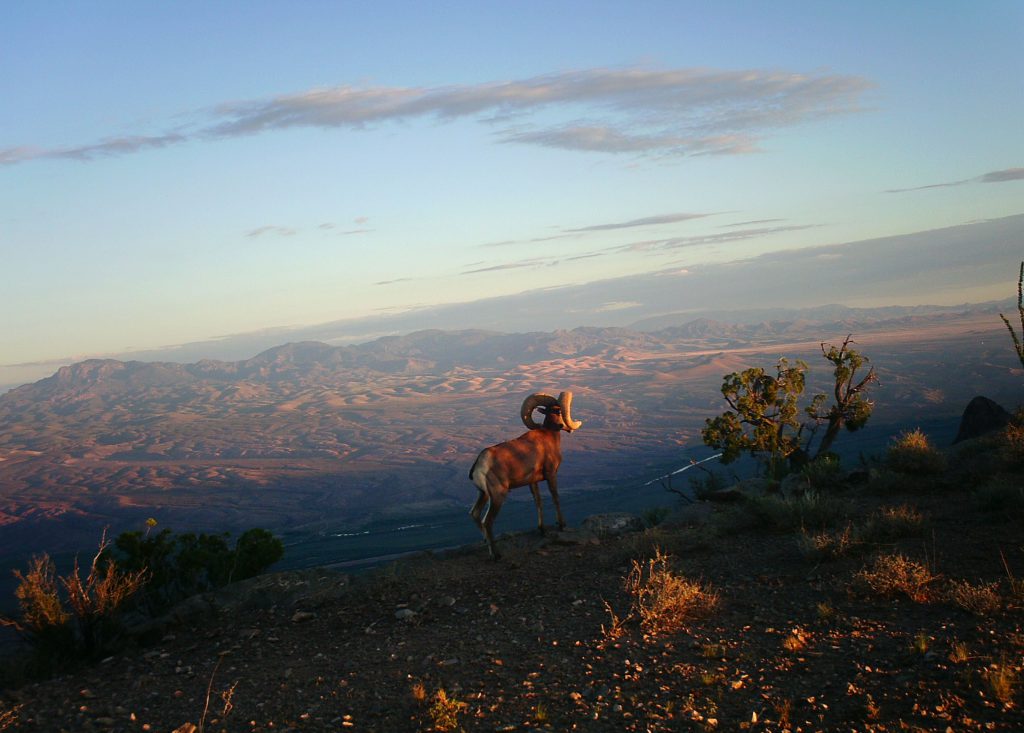Conservation and Wildlife at Armendaris
Working closely with the Turner Endangered Species Fund and other conservation agencies, Armendaris has successfully fostered the reintroduction of the desert bighorn sheep and is currently working on restoring a population of the Bolson tortoise through robust captive breeding and head-start programs. The desert grasslands on the Armendaris are a good representation of a fast disappearing habitat.
